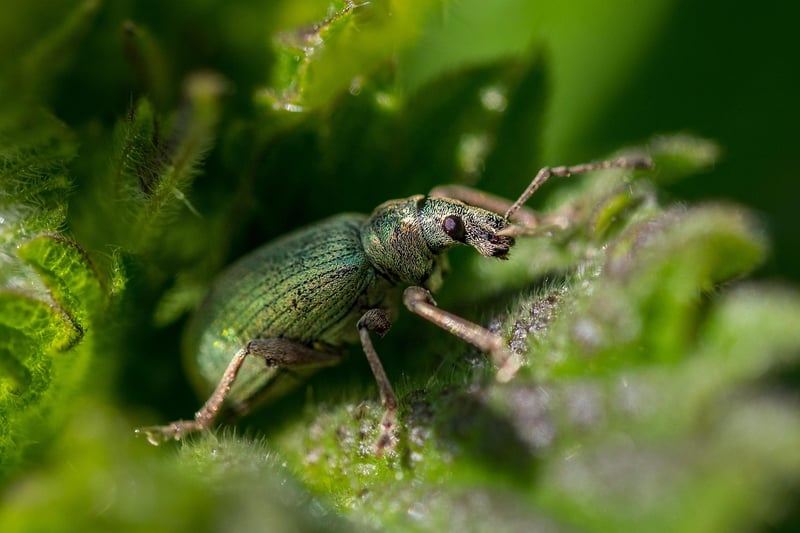Pest Management

Healthy Growth and Pest Management for Thriving Plants
Welcome to our guide on ensuring the healthy growth of your plants while effectively managing pests. Whether you are a seasoned gardener or just starting out, these tips will help you maintain lush, vibrant plants without the interference of pests.
1. Choose the Right Plants
Start by selecting plants that are well-suited to your climate and soil type. Healthy plants are naturally more resistant to pests and diseases, so choose varieties that thrive in your specific growing conditions.
2. Provide Proper Care
Ensure your plants receive adequate sunlight, water, and nutrients. Proper care strengthens plants' natural defenses and helps them resist pest infestations. Avoid overwatering, as this can attract pests like fungus gnats.
3. Monitor Regularly
Inspect your plants regularly for any signs of pest damage or disease. Catching issues early makes them easier to manage and minimizes the risk of widespread damage. Look for holes in leaves, discoloration, or unusual growth patterns.
4. Implement Natural Predators
Introduce beneficial insects like ladybugs or lacewings to your garden. These natural predators feed on common garden pests like aphids, mites, and caterpillars, helping to keep their populations in check.
5. Use Organic Pest Control
Opt for organic pest control methods such as neem oil, insecticidal soap, or diatomaceous earth. These options are effective at managing pests while minimizing harm to beneficial insects, animals, and the environment.
6. Practice Crop Rotation
Rotate your crops each season to prevent the buildup of pests and diseases in the soil. Different plants have varying nutrient needs and vulnerabilities, so rotating them helps maintain soil health and reduces pest pressure.
7. Remove Infected Plants
If you notice severe pest infestations or disease on a plant, consider removing it from your garden. Promptly disposing of infected plants can prevent the spread of pests to healthy plants nearby.
8. Educate Yourself
Stay informed about common pests in your area and learn to identify beneficial insects versus harmful ones. Understanding the pest lifecycle and behavior can help you implement targeted control measures effectively.
Conclusion
By following these tips for promoting healthy plant growth and effectively managing pests, you can create a thriving garden that flourishes with minimal intervention. Remember that a balanced ecosystem with strong, healthy plants is the key to long-term pest management success.
Images source: Pixabay